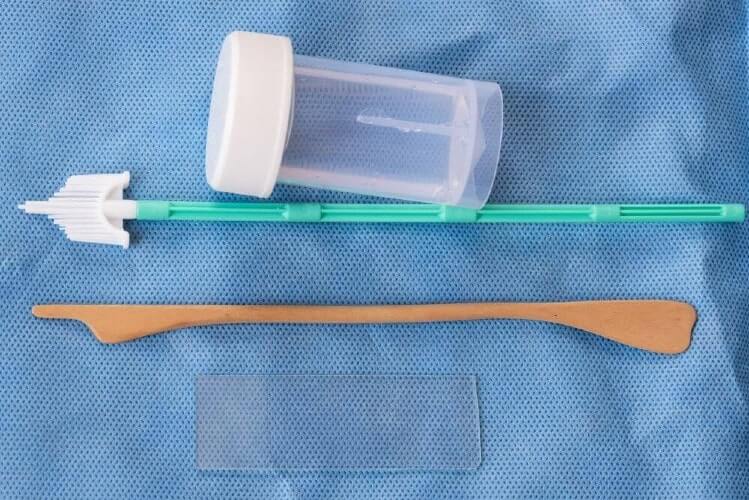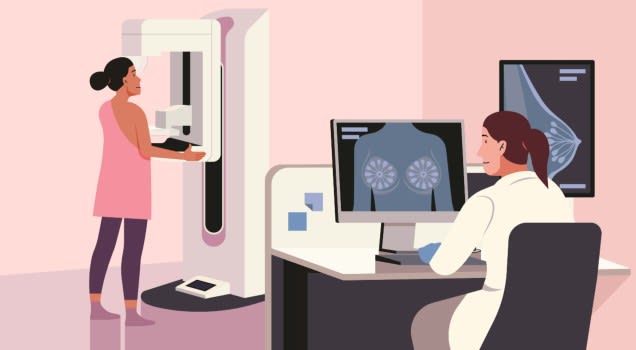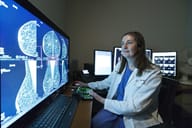Above: Helen Pass, MD, co-director of the breast center, explains why it's so important to schedule your annual mammogram.
By Mia Kazanjian, MD
When it comes to screening for breast cancer, mammography is the gold standard. That's why doctors at Stamford Health and across the nation recommend women at average risk begin getting a yearly mammogram starting at age 40.
Mammograms are so sensitive that they can find breast cancer at its earliest stage, when it is most treatable and mere millimeters in size.
A mammogram cannot prove that an abnormality is breast cancer, but it can flag potential problems, like benign tumors or cysts, which touch cannot detect and often cause no symptoms. If something is wrong, mammograms often give us the first clue that further testing may be necessary.
Step 1: Make sure your facility offers 3D mammography
Accurately diagnosing breast cancer takes a highly trained, board-certified radiologist and state-of-the-art technology.It's important to choose a facility like Stamford Health that offers three-dimensional (3D) mammography. Unlike the standard (2D) mammogram, which photographs the breast from two different angles, a 3D mammogram takes many low-dose x-rays as it circles the breast. It's like watching a movie instead of looking at a Polaroid picture and allows me to see breast tissue more clearly.
The equipment—specifically the paddles that compress your breasts—should also be comfortable because the more comfortable you are, the less likely you are to move during the procedure and need repeat pictures.
Step 2: Talk to your doctor about your breast density
Like any x-ray, a mammogram produces shades of black, gray, and white, depending on breast tissue density.Dense breasts have more fibrous and glandular tissue, which appears white on a mammogram. This makes it hard to see breast cancers, other abnormal findings, or certain benign breast conditions, which also appear white.
By comparison, breast tissue that is fatty typically appears black on a mammogram.
Because women with dense breasts have a slightly higher risk of breast cancer than women with fatty breasts, I supplement their screening with a breast ultrasound.
Step 3: Don't panic if your screening mammogram leads to further testing.
It takes a highly-trained radiologist to read a mammogram accurately and know what images indicate further testing. Don't panic if you hear any of these words after your mammogram. They don't always mean bad news, but we typically do additional testing with a diagnostic mammogram to evaluate further. These words may include:- Calcifications, tiny calcium deposits within the breast tissue that look like small white spots. These are common and often benign.
- A mass, an area of breast tissue that is convex and 3 dimensional. This could be a fluid-filled cyst or solid tumor, both of which are often benign. A cyst and a solid mass can feel the same and look the same on a mammogram, so I will frequently perform an ultrasound to determine if it is solid or filled with fluid.
- Asymmetries, indistinct areas whose patterns stand out from those of normal breast tissue. If these are only seen on one view, they have a high likelihood of being benign overlapping breast tissue.
- Architectural distortion, a distorted star-like shape or pattern of breast tissue. We can see this in settings of prior intervention, such as a scar from surgery. If there is no such history, we may do further testing.
We recommend staying on top of your breast health with a yearly mammogram. It's the best way to take care of yourself!
About the Author
Mia Kazanjian, MD, is director of women's imaging and co-director of the breast center.Featured Expert/ Author



























